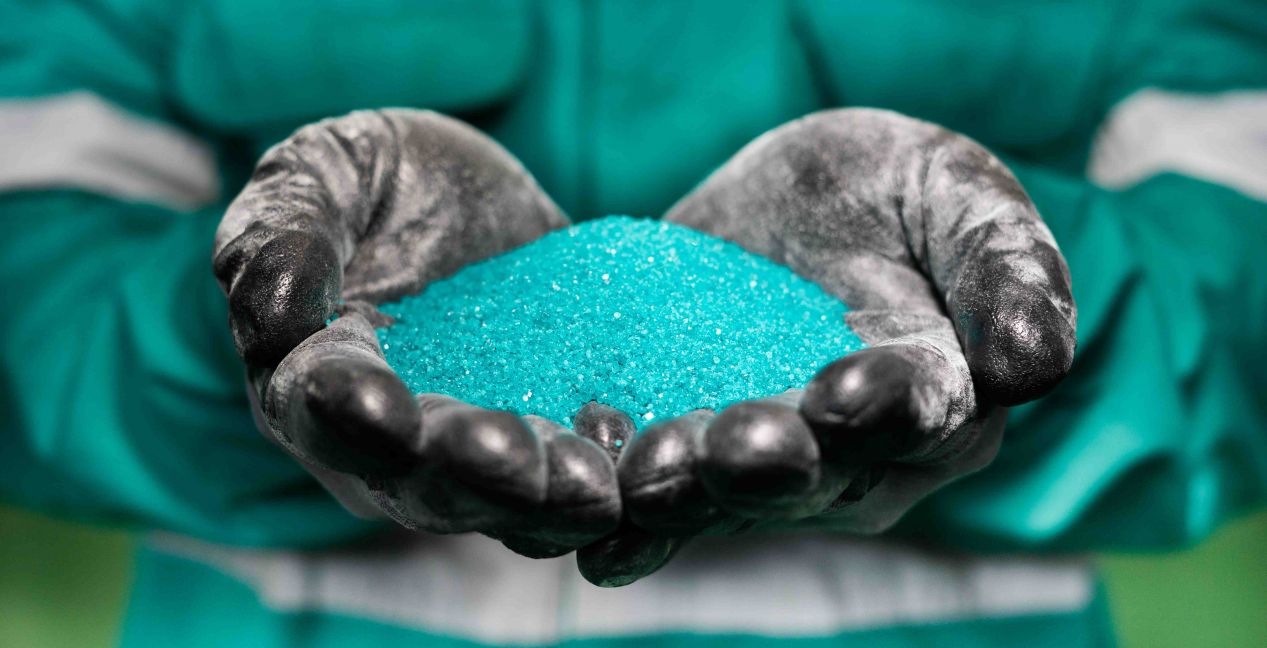As the global demand for electric vehicles (EVs) and renewable energy solutions surges, the need for sustainable mining practices becomes increasingly critical. Nickel, a vital component in lithium-ion batteries, plays a central role in this green transition. However, traditional nickel extraction methods have raised environmental concerns due to high carbon emissions and ecological degradation. Enter green nickel extraction—a suite of innovative technologies and practices aimed at minimizing environmental impact while meeting industrial demands.
The Environmental Impact of Traditional Nickel Extraction
Conventional nickel mining, primarily through pyrometallurgy, involves high-temperature smelting processes that emit significant amounts of greenhouse gases. According to industry reports, producing one ton of nickel can release up to 20 tons of carbon dioxide . Additionally, mining activities often lead to deforestation, water pollution, and disruption of local ecosystems, particularly in biodiverse regions like Indonesia's Sulawesi and Maluku islands.
These environmental challenges have spurred the development of greener extraction methods that aim to reduce carbon footprints and preserve ecological integrity.
Innovations in Green Nickel Extraction Technologies
Hydrometallurgy: A Cleaner Alternative
Hydrometallurgy has emerged as a promising alternative to traditional smelting. This water-based process extracts metals from ores at lower temperatures, significantly reducing energy consumption and emissions. Studies suggest that hydrometallurgical techniques can decrease the carbon footprint of nickel production by up to 70%.
Projects like Canada's Voisey's Bay and Finland's Talvivaara have successfully implemented hydrometallurgical processes, demonstrating their viability on an industrial scale.
The DNi Process™: Maximizing Efficiency and Sustainability
Developed by the Altilium Group, the DNi Process™ represents a significant advancement in green nickel extraction. This technology can process various nickel laterite ores without the need for high-pressure acid leaching, thereby reducing environmental risks. The DNi Process™ also recovers multiple valuable by-products, including cobalt and scandium, enhancing resource efficiency.
Indonesia, holding the world's largest nickel reserves, is set to benefit from this technology, aligning with its goals to become a leading supplier of sustainable nickel for the EV industry.
STAL Technology: Embracing a Zero-Waste Philosophy
Trinitan Green Energy Metals (TGEM) has introduced the Step Temperature Acid Leach (STAL) technology, emphasizing a zero-waste approach to nickel extraction. Unlike traditional methods that generate substantial tailings, STAL converts all residues into valuable products like iron oxide and magnesium sulfate. This closed-loop system not only minimizes environmental impact but also aligns with stringent Environmental, Social, and Governance (ESG) criteria demanded by global markets.
Phytomining: Harnessing Nature for Metal Recovery
Phytomining leverages hyperaccumulator plants capable of absorbing high concentrations of metals from the soil. These plants are harvested and processed to extract metals like nickel, offering a low-impact alternative to conventional mining. Research in Albania and the United States has shown that phytomining can be both environmentally friendly and economically viable, particularly in areas with low-grade ores.
Indonesia's Role in Advancing Green Nickel Extraction
Indonesia's vast nickel reserves position it as a key player in the global shift toward sustainable mining. The government's initiatives, such as the development of the Merah Putih smelter powered by renewable energy from the Bakaru Hydroelectric Power Plant, underscore its commitment to green nickel production.
Furthermore, collaborations between Indonesian companies and international partners aim to implement advanced extraction technologies like the DNi Process™ and STAL, enhancing the country's capacity to supply eco-friendly nickel for global markets.
Challenges and the Path Forward
Despite the promising advancements, several challenges hinder the widespread adoption of green nickel extraction:
- High Initial Costs: Implementing new technologies requires substantial capital investment, which can be a barrier for some mining operations.
- Technical Expertise: The successful deployment of advanced extraction methods necessitates specialized knowledge and training.
- Regulatory Frameworks: Establishing clear and supportive policies is crucial to encourage the transition toward sustainable practices.
Addressing these challenges involves concerted efforts from governments, industry stakeholders, and research institutions. Incentivizing green technologies, investing in workforce development, and fostering international collaborations are essential steps toward a more sustainable mining future.
Conclusion
Green nickel extraction stands at the forefront of sustainable mining, offering viable solutions to the environmental challenges posed by traditional methods. Through innovations like hydrometallurgy, the DNi Process™, STAL technology, and phytomining, the industry can meet the growing demand for nickel while minimizing ecological impact.
Indonesia's proactive approach and rich resource base position it as a leader in this green transition. By embracing and investing in sustainable extraction technologies, the nation can play a pivotal role in supplying the essential materials needed for a cleaner, greener global economy.
Read More






 Sunday, 21-12-25
Sunday, 21-12-25







